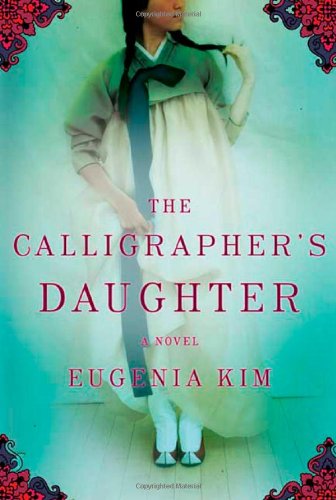The Calligrapher’s Daughter
Eugenia Kim’s debut novel is a beautiful, poignant story that portrays the life of a young woman during one of the most difficult time periods in Korea’s history. Narrated by Najin, the daughter of a calligrapher from the yangban or aristocratic class, is not named when she is born, due to the fact that her birth occurs when the Japanese first occupy Korea. She comes to be known by Najin, the name of the town of her mother’s birth.
The novel is set between the years 1915 to 1945 while her family’s fortunes change as the Japanese extend their control over the lives of the Korean people. When her father finds her a husband at the age of fourteen, her mother objects, and instead Najin is sent to the court of the ruling family to learn from the princess during the end of the dynasty. She continues on to college and studies to be a teacher, proving that she is intelligent and gifted. Her parents choose another husband for her, and Najin is delighted to find that she is in love. After their wedding, Najin is heartbroken when she is forced to remain in Korea, denied a passport, while her new husband goes abroad to America to continue his studies. The next ten years of her life are filled with agony as her country is torn apart by war.
Much of the book is based on the life of Kim’s own mother, which may be why Kim writes with such a tender hand. Readers will be drawn to Najin, a young woman caught between two worlds, those of a conservative, traditionalist father and a more modern, forward-thinking mother who has different plans for her daughter. Kim paces the novel slowly, savoring the development of her characters over time, all the while exposing the rich cultural heritage of Korea.










